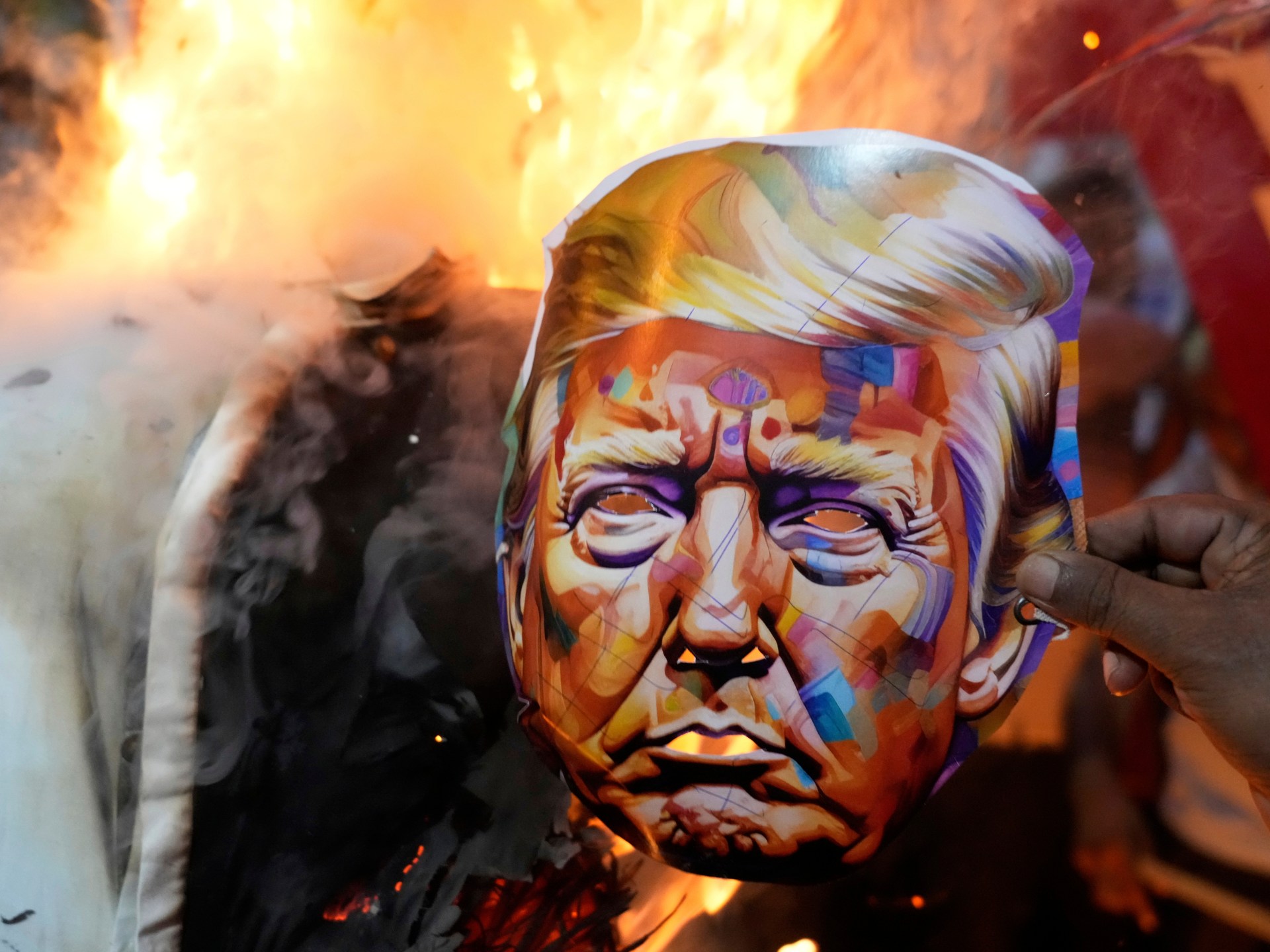US Federal Reserve cuts interest rates for the first time since December | Business and Economy News
BREAKINGBREAKING,
The central bank’s cut comes amid a cooling labour market, which has stalled economic growth.
The United States Federal Reserve will cut interest rates by a quarter of a percentage point, so they will now be between 4.00 percent and 4.25 percent, as a slowing labour market stalls economic growth.
The Fed, the US central bank, announced its decision on Wednesday afternoon.
Recommended Stories
list of 4 itemsend of list
Economists had widely expected a 25 basis point cut, with CME FedWatch — a group that tracks probability of monetary policy decisions — putting the odds at 96 percent. One basis point is one-hundredth of one percentage point.
Before Wednesday, the Fed had last cut rates in December by 25 basis points, the third cut last year, taking its benchmark rate to between 4.25 percent and 4.50 percent, where it had held steady since.
Federal Reserve Chairman Jerome Powell has emphasised that uncertainty in the economy has kept the Fed cautious, arguing that maintaining rates gave policymakers flexibility as conditions shifted.
The cut comes as a response to shifting economic conditions, following a slew of weak jobs reports showing a slowdown in growth in the labour market and a slight uptick in inflationary pressures.
“Recent indicators suggest that growth of economic activity moderated in the first half of the year. Job gains have slowed, and the unemployment rate has edged up but remains low. Inflation has moved up and remains somewhat elevated,” the central bank said in a press release.
“Uncertainty about the economic outlook remains elevated. The Committee is attentive to the risks to both sides of its dual mandate and judges that downside risks to employment have risen.”
Investors are also waiting for indications from the central bank on whether it will cut interest rates two or three times for the rest of the year as economic uncertainty weighs on the US labour market and the broader economy while the costs of goods and services increase under tariff-driven pressures.
Political pressure
The latest cut comes at a time of heightened scrutiny and pressure on the Fed, which has long emphasised its independence from political pressure. But for months, US President Donald Trump has publicly attacked the central bank, mocking Powell as “too late Powell” over his cautious approach to cutting rates.
At the same time, the Republican-led White House has sought to oust Fed Governor Lisa Cook, who was appointed by former US President Joe Biden, a Democrat, citing alleged mortgage fraud.
On Monday, a US appeals court blocked Trump from removing her. The administration has said it will challenge the ruling.
“The president lawfully removed Lisa Cook for cause. The administration will appeal this decision and looks forward to ultimate victory on the issue,” White House spokesman Kush Desai said on Tuesday.
That same day, Stephen Miran, chair of Trump’s Council of Economic Advisors, was sworn in to fill a temporary Fed seat left vacant by Adriana Kugler until January, while the White House searches for a permanent replacement.
Miran pledged to act independently, but his close ties to the Trump administration — and his work as a fellow at the conservative Manhattan Institute — have raised doubts. His Senate confirmation fell largely along party lines, 47–48, and Senator Lisa Murkowski of Alaska was the only Republican to oppose him.
On Monday, Senate Minority Leader Chuck Schumer called Miran “nothing more than Donald Trump’s mouthpiece at the Fed”.
Markets respond
As of 2pm in New York (18:00 GMT), US markets are trending upwards. The Nasdaq is about even with the market open, the S&P 500 is up 0.2, and the Dow Jones Industrial Average is up by 1 percent.
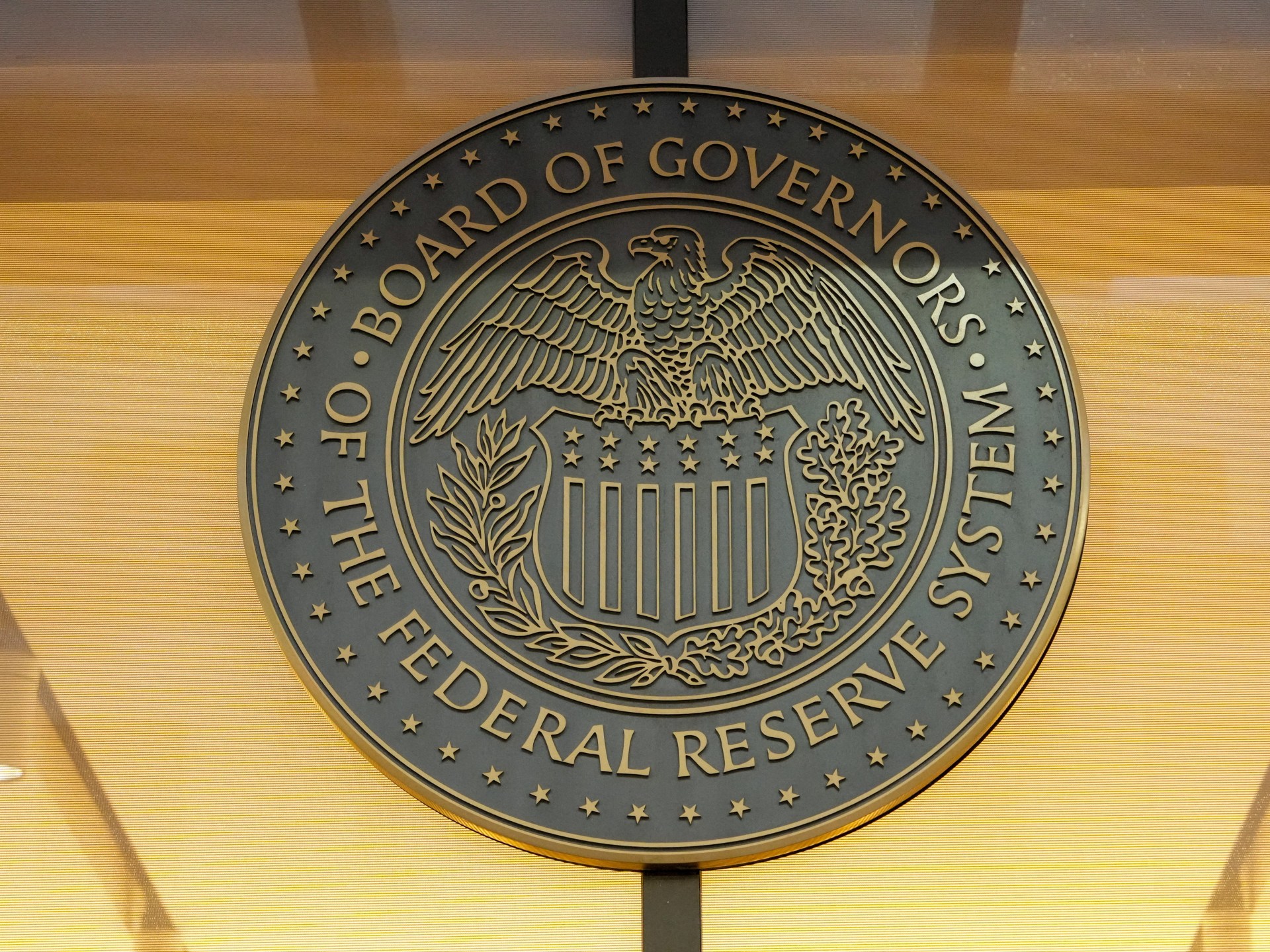
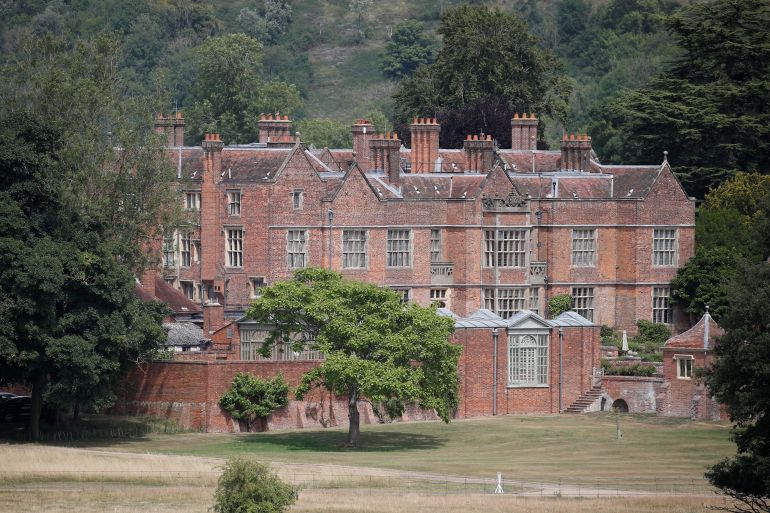
![A view of Chequers, the official country residence of the Prime Minister, near Aylesbury in Buckinghamshire, Britain [File: Peter Nicholls/Reuters]](https://www.occasionaldigest.com/wp-content/uploads/2025/09/2022-07-17T134029Z_1031624980_RC2PDV99HZMZ_RTRMADP_3_BRITAIN-POLITICS-CHEQUERS-1758016765.jpg)
![Members of the public walk along the Long Walk in Windsor Great Park, outside of Windsor Castle, west of London [File: Adrian Dennis/AFP]](https://www.occasionaldigest.com/wp-content/uploads/2025/09/000_32J67H3.jpg)
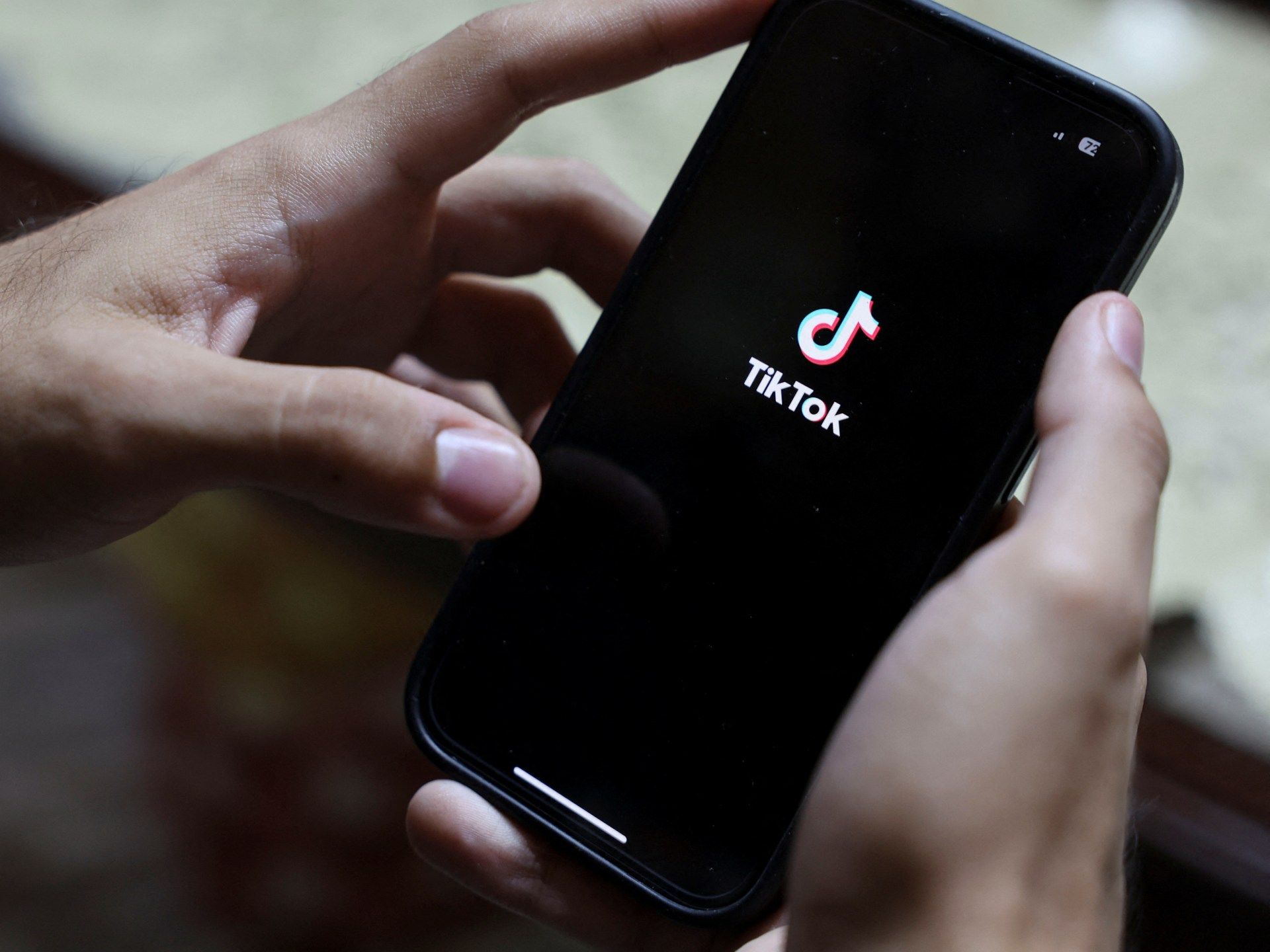


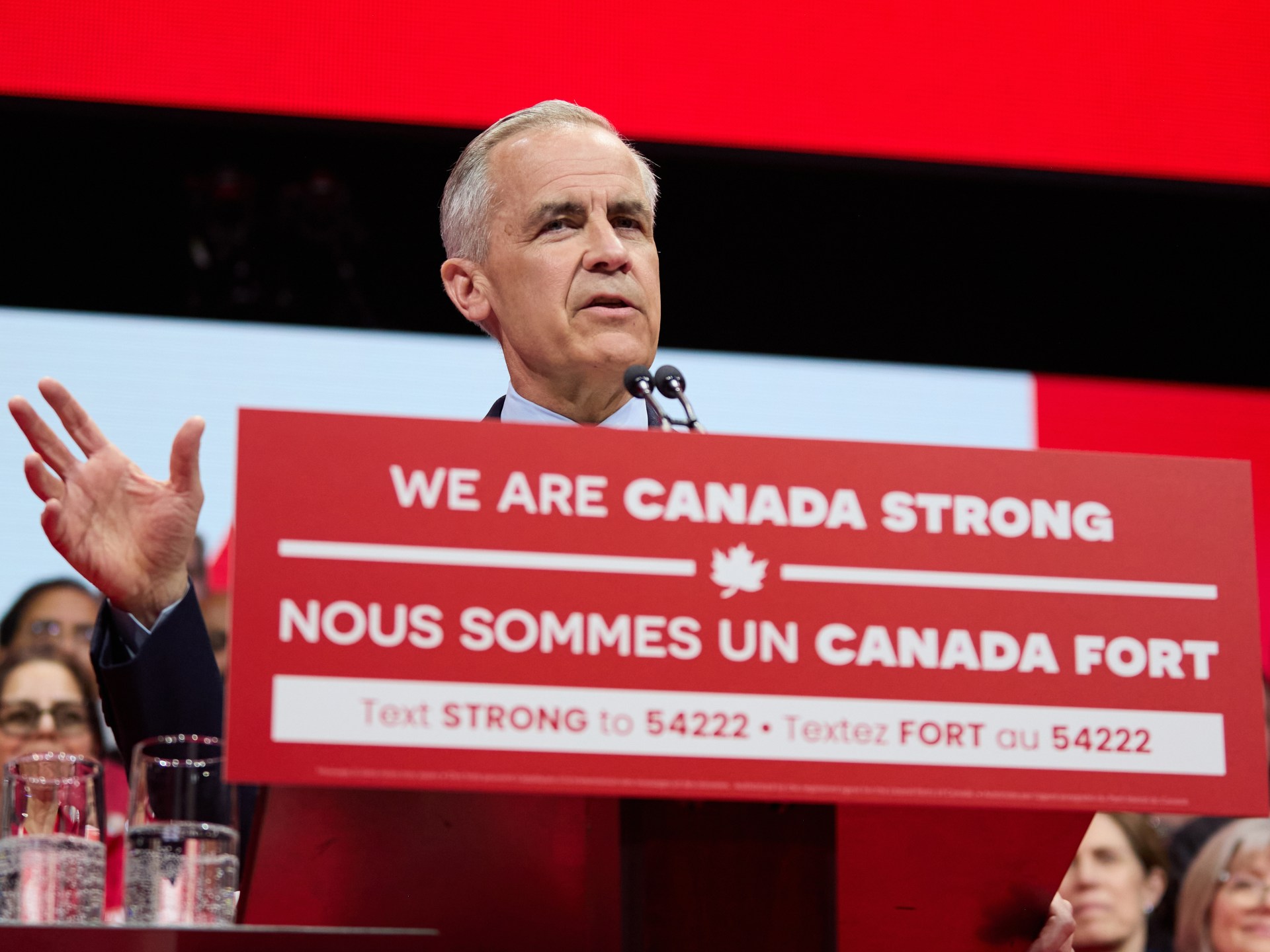
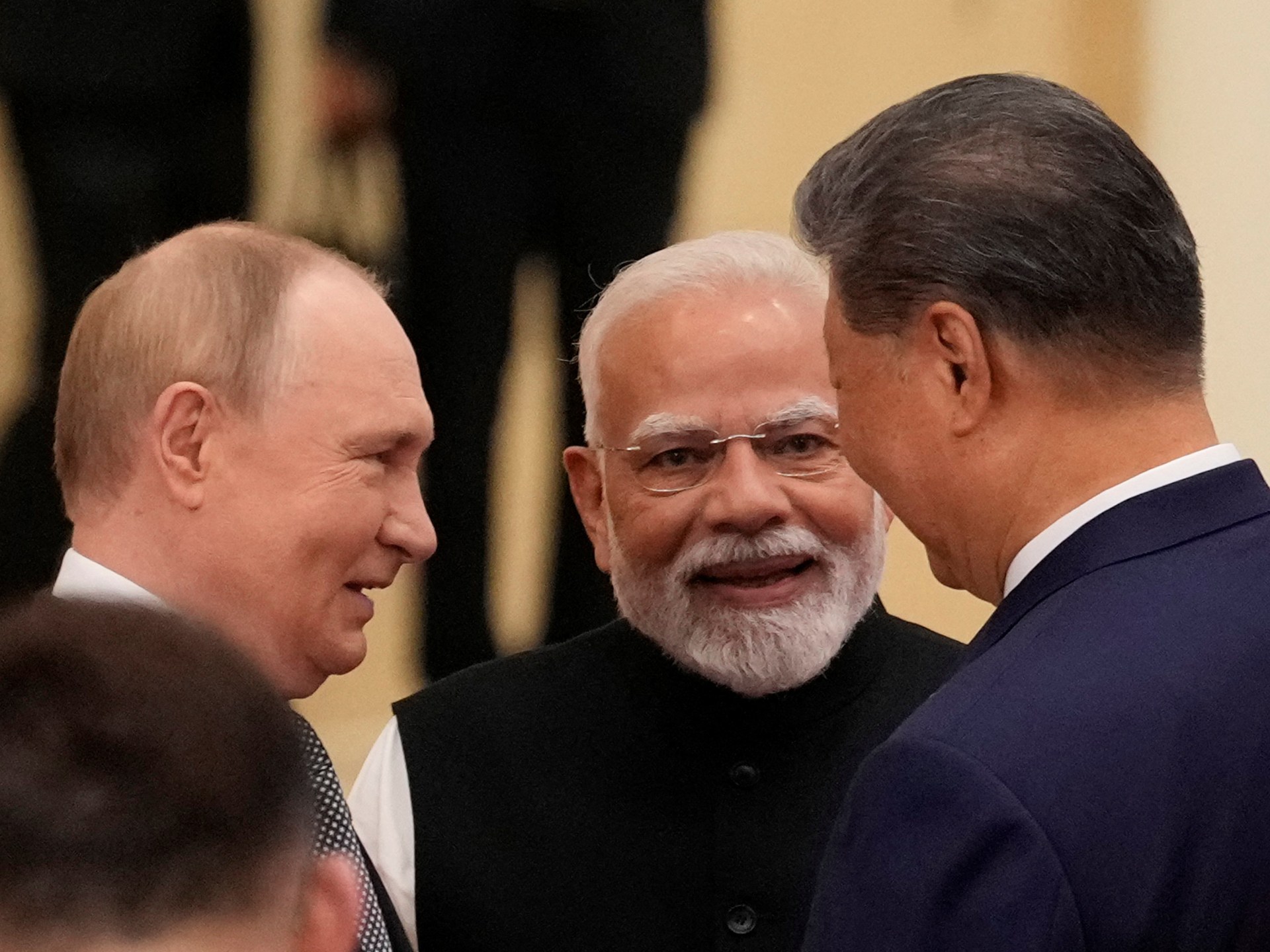
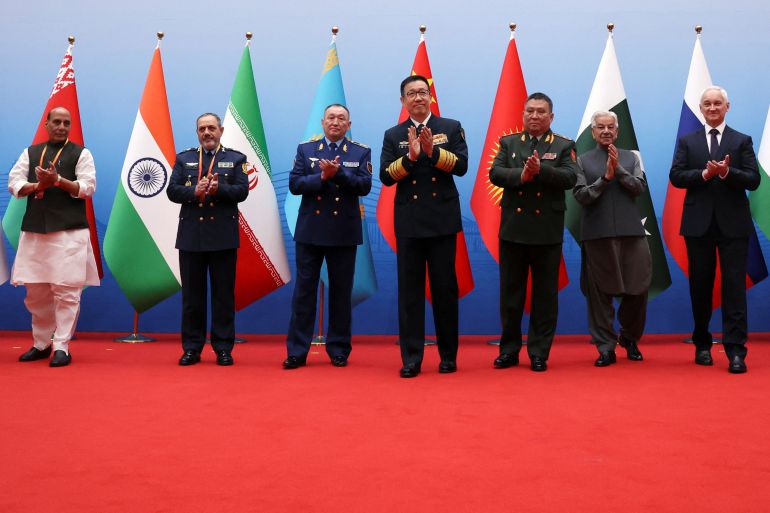

![Police officers stand guard in front of the Tiananmen Gate, in an area temporarily closed to visitors due to construction, in advance of a military parade marking the 80th anniversary of the end of World War II, in Beijing, China, on August 20, 2025 [Florence Lo/Reuters]](https://www.occasionaldigest.com/wp-content/uploads/2025/08/2025-08-25T084236Z_2025718761_RC2WAGAF3U1R_RTRMADP_3_WW2-ANNIVERSARY-CHINA-ARMS-1756523046.jpg)
